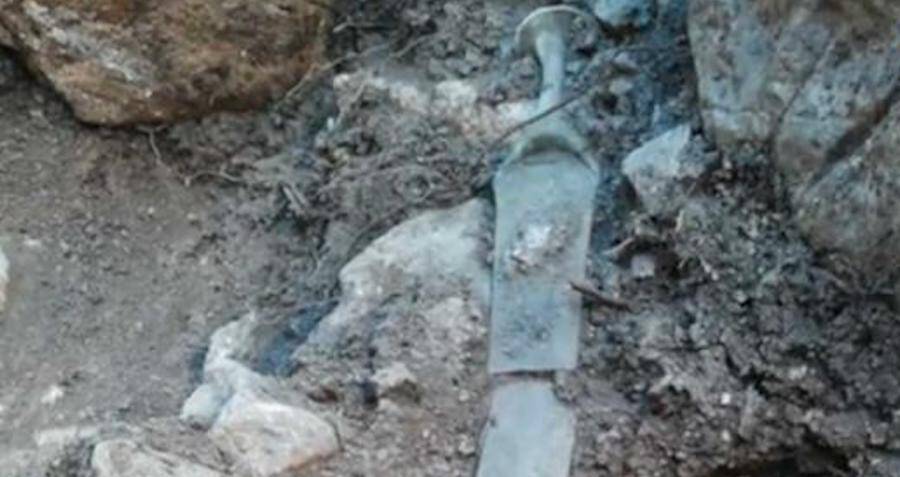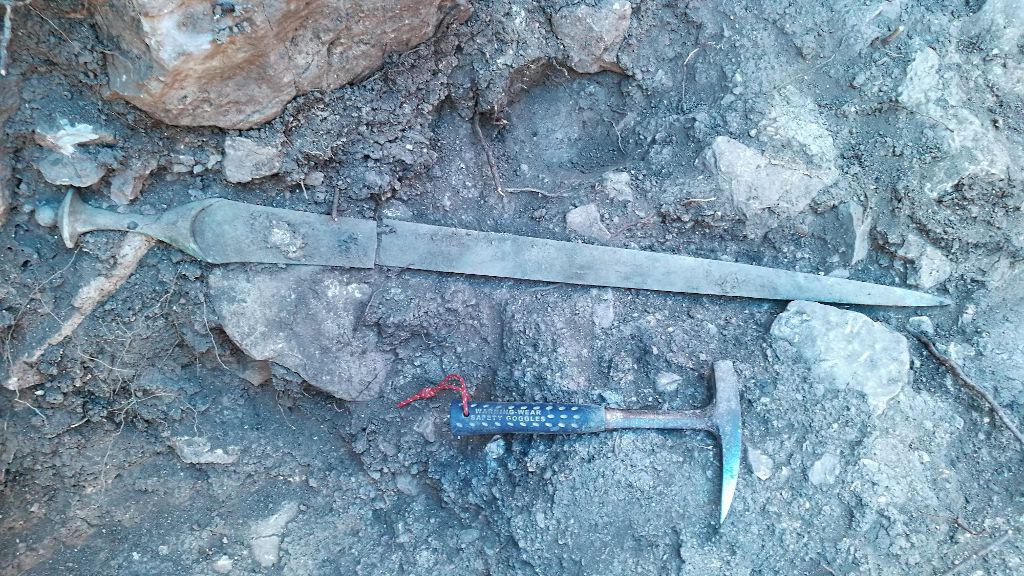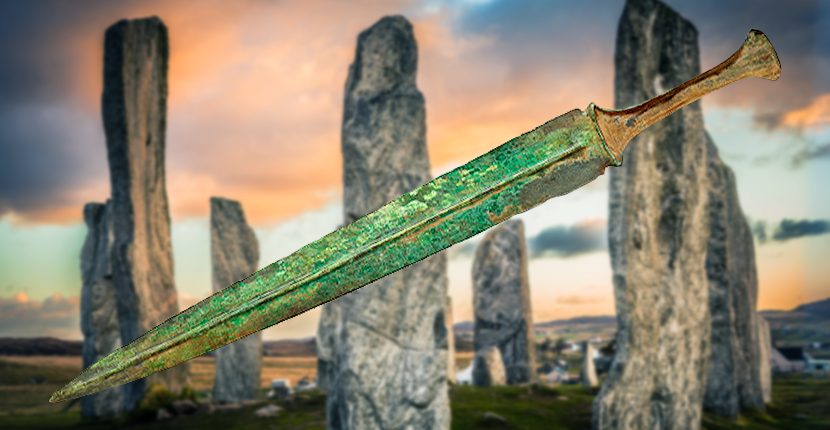Majorca, the renowned vacation destination known for its stunning beaches and warm sun, has recently become the epicenter of a remarkable archaeological discovery. The island, celebrated for attracting jet setters and tourists alike, now draws the attention of historians and archaeologists with the unearthing of a 3,200-year-old sword. This ancient artifact, known as the “Talayot Sword,” is providing fresh insights into a mysterious lost civilization, transforming Majorca into a significant archaeological site.
Discovery of the Talayot Sword

In a stunning turn of events, a team of archaeologists recently stumbled upon a rare find at the archaeological site of Talaiot del Serralde ses Abelles in Puigpunyent, Majorca. This site, characterized by its ancient stone megaliths, dates back to between 1000 and 6000 B.C. The sword was discovered near one of these megaliths, known locally as a talayot, built by the enigmatic Talaiotic culture that once thrived on the islands of Majorca and Menorca.
The discovery came as the team was preparing to open a museum dedicated to the site. According to Diario del Mallorca, the sword, dated to around 1200 B.C., was found in remarkably good condition, though the tip of the blade had been damaged. The artifact has since been nicknamed the “Talayot Sword,” with some even referring to it as the “Spanish Excalibur” due to its significance.
Context and Significance

The sword’s presence at the site has led researchers to hypothesize that it may have been buried as part of a ceremonial practice. While the Talaiotic civilization likely used such swords for defense, the specific context of this find suggests it may have also had a ritualistic role. Unlike previous finds, which were discovered randomly and lacked contextual data, the Talayot Sword provides a unique opportunity to study the practices and rituals of the Talaiotic culture.
Historically, other swords discovered in Spain were found by agricultural workers and lacked proper contextual placement, leaving their historical significance somewhat ambiguous. This sword, however, offers a direct link to the Talaiotic civilization, shedding light on their cultural and religious practices.
Implications for Archaeological Research

The discovery of the Talayot Sword has significant implications for understanding the Talaiotic culture, which began to decline after 600 B.C. The sword’s burial at the megalith site suggests it played a role in religious ceremonies, expanding our knowledge of the rituals and traditions of this ancient civilization. The sword’s excellent condition also provides a rare glimpse into the craftsmanship and materials used by the Talaiotic people.
The site, initially thought to have been fully excavated since the 1950s, revealed this sword as an unexpected and significant find. Researchers Jaume Deya and Pablo Galera, who lead the excavation team, expressed their astonishment and excitement at discovering such a historically important artifact by chance. This find adds a new dimension to our understanding of ancient Majorca and the Talaiotic culture.
Future Exhibits and Public Interest

A full display, including the Talayot Sword and other relics from the era, is set to be featured at the Museum of Majorca. This exhibition will offer visitors a chance to explore life during the Bronze Age and gain deeper insights into the ancient Talaiotic civilization. The newfound artifact is expected to attract significant interest from both the public and the academic community.
Conclusion
The discovery of the 3,200-year-old Talayot Sword marks a pivotal moment in the study of ancient civilizations. Uncovered by chance at a site long thought to be fully explored, the sword offers invaluable insights into the Talaiotic culture and its rituals. This remarkable find not only enhances our understanding of a lost civilization but also highlights the thrill of archaeological discovery. As the sword takes its place in the Museum of Majorca, it stands as a testament to the enduring allure of ancient history and the continuing quest to uncover its secrets.
